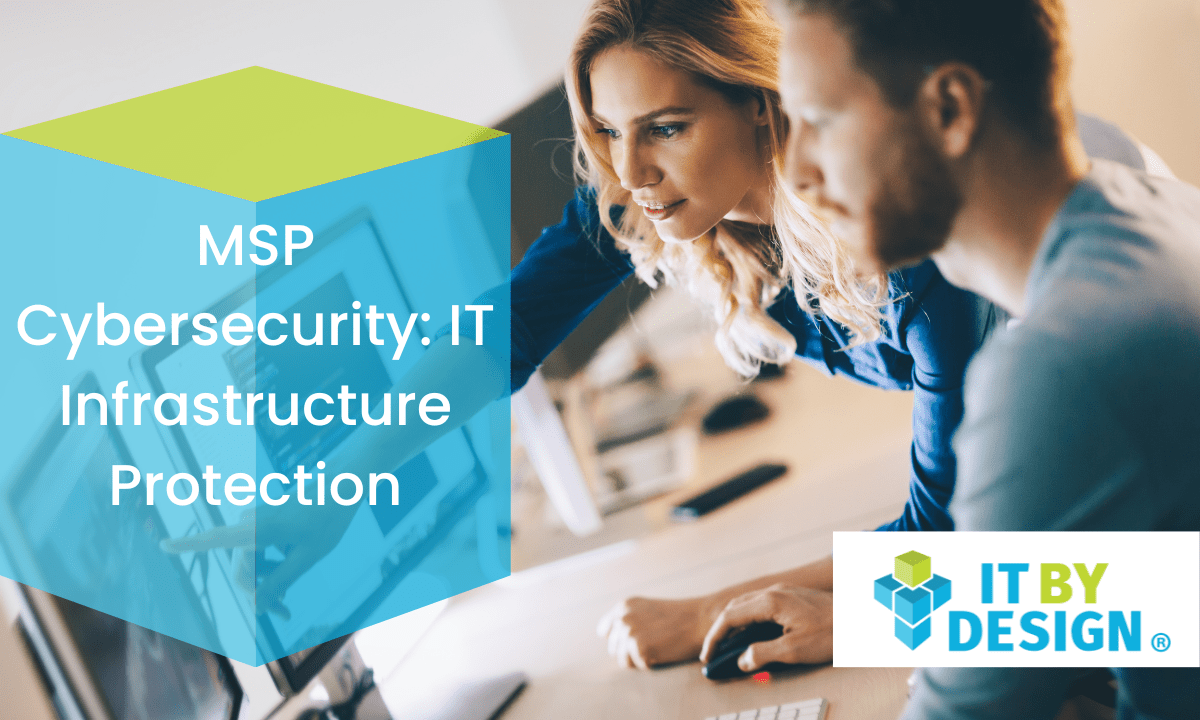Ransomware attacks have shown us how important it is for businesses to prioritize cybersecurity to protect their business. According to the U.S. Small Business Administration, there are more than 42,000 security incidents annually, and 43% of these attacks target small businesses. It’s not only large corporations that are at high risk, and Cyber threats will not go away and will continue to raise concerns about protecting an organization’s infrastructure.
Nearly all organizations have faced challenges over the past year. The MSP industry has seen a lot of challenges in the past year. You’ve needed to re-strategize your business and shift your focus to serve customers better. Companies are now opening up, and we face another level of threat to our network security. You can take steps to identify areas where your business is at risk and create a plan to protect yourself from cyber-attacks. It’s not just your business data that could be affected; it’s your customers’ data.
Most of us are familiar with the basics: change passwords frequently, install a firewall and back up your data. There are many other things to be aware of, and these are five steps you can take to protect your business.
1. Endpoint Detection and Response (EDR) is now possible
No longer can you rely on signature-based antivirus. As technology rapidly develops, so do malware creators. Endpoint security products using AI machine learning models to rapidly identify and quickly respond to ransomware and malware threats are the best. The highest level of zero-day protection is possible with Enhanced Endpoint Detection and Response. Continuous behavioral-based machine learning, based on behavioral analysis, will detect new variants that may be infiltrating your network.
2. Two-Factor authentication adds a layer of protection
Let’s not be afraid. Knowing who might be trying to gain access to your network is impossible. While updating log-in passwords can help reduce your risk, it is even more critical in the digital age. This shouldn’t be the end. Hackers can break single-factor authentication and gain access to passwords if they have the right resources. Two-factor authentication increases security and gives you greater control.
3. Only allow VPN access from outside
COVID has fundamentally changed how we work. Businesses must now offer remote/hybrid work environments to their employees. This is the new norm. While there are many benefits, this increases the risk of cyberattacks. VPN access is more important than ever. To ensure data and files are protected, you should only allow VPN access to your network. This will make it possible for your employees to connect from any location.
4. Education on security best practices is a priority for team leaders and staff
Even in the face of a pandemic, IT is never offline. We need the confidence and ability to respond quickly and protect our infrastructure from any potential impact. While providing the best products and services, you must also remember that your employees are vital to running a successful MSP. We thrive on knowledge and sometimes need to be reminded to step back from the daily grind and nourish our minds. Make sure to offer your team members training and development opportunities that keep them up-to-date on security trends.
5. For 24/7 monitoring and response, leave it up to the professionals
Ask for assistance. SMBs lack the resources or talent to create a strong Security Operations Center (SOC). Survey results from (ISC 2 Cybersecurity Workforce Study (2019) show that 62% of SMBs lack the necessary skills to deal with security properly. According to the same survey, cyberattacks can cost SMBs up to $84,000 to fix.
Cyberattacks can have long-lasting consequences for your business and reputation. To ensure that experts are always on top of the threat landscape and can respond quickly, consider using a SOC (Network Operations Center), NOC (Network Operations Center), and Security Information and Event Management(SIEM). It will make you sleep more soundly at night.
IT By Design is all about action. Do not think that a security assessment every two years is sufficient. Cyber threats change rapidly and can cause irreparable harm in seconds. Let’s talk about the constantly evolving cybersecurity threats and vulnerabilities and how we can create a plan with practical solutions that will protect your business while giving you peace of mind.








